Cats are creatures of habit and routine, which makes them particularly sensitive to changes in their environment. Understanding how they perceive and react to these changes is crucial for maintaining their well-being. Through careful observation and knowledge of feline behavior, owners can better manage transitions in household dynamics to ensure a smooth adjustment for their furry friends.
The Nature of Cats: Creatures of Habit

Before diving into how cats react to changes, it’s important to understand their inherent nature. Cats thrive on predictability and stability. They are territorial animals, and even the slightest alteration in their home environment can trigger anxiety and stress. Their ability to navigate and feel safe is often linked to their knowledge of their territory, making them highly attuned to any modifications.
Recognizing Signs of Stress in Cats
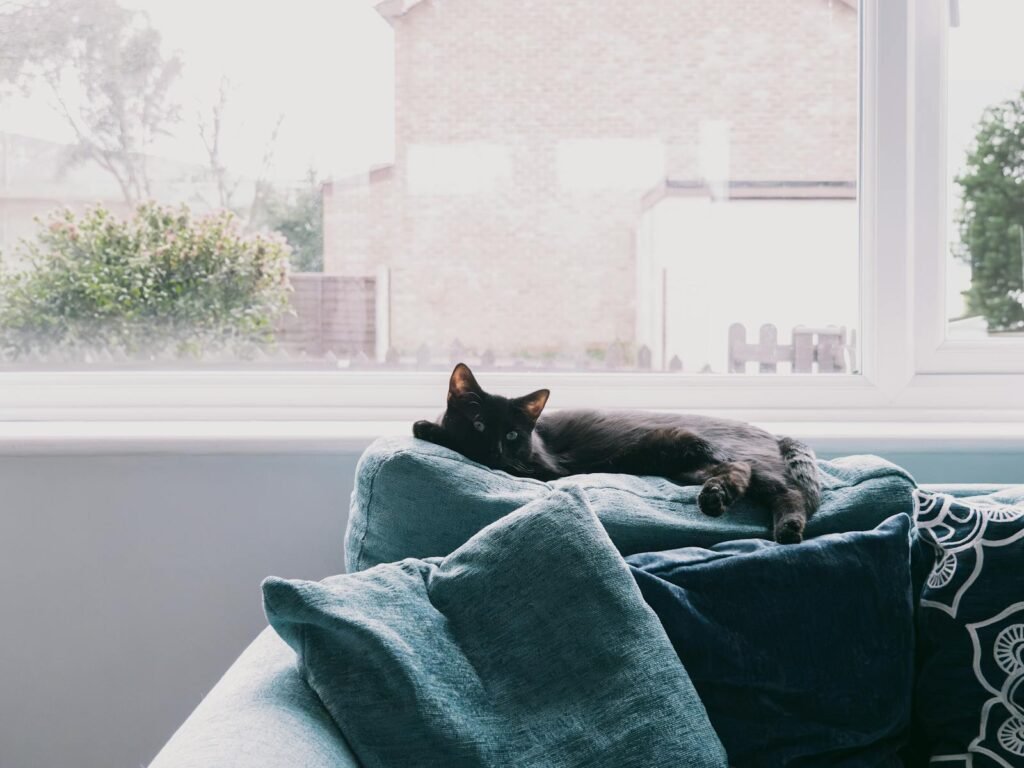
Cats exhibit stress in various ways, which can sometimes be subtle. Changes in appetite, unusual aggression, excessive grooming, or hiding are signs that a cat may be stressed. Understanding these indicators can help owners intervene early and address the underlying issues that might be causing their feline friends discomfort.
The Impact of New Family Members
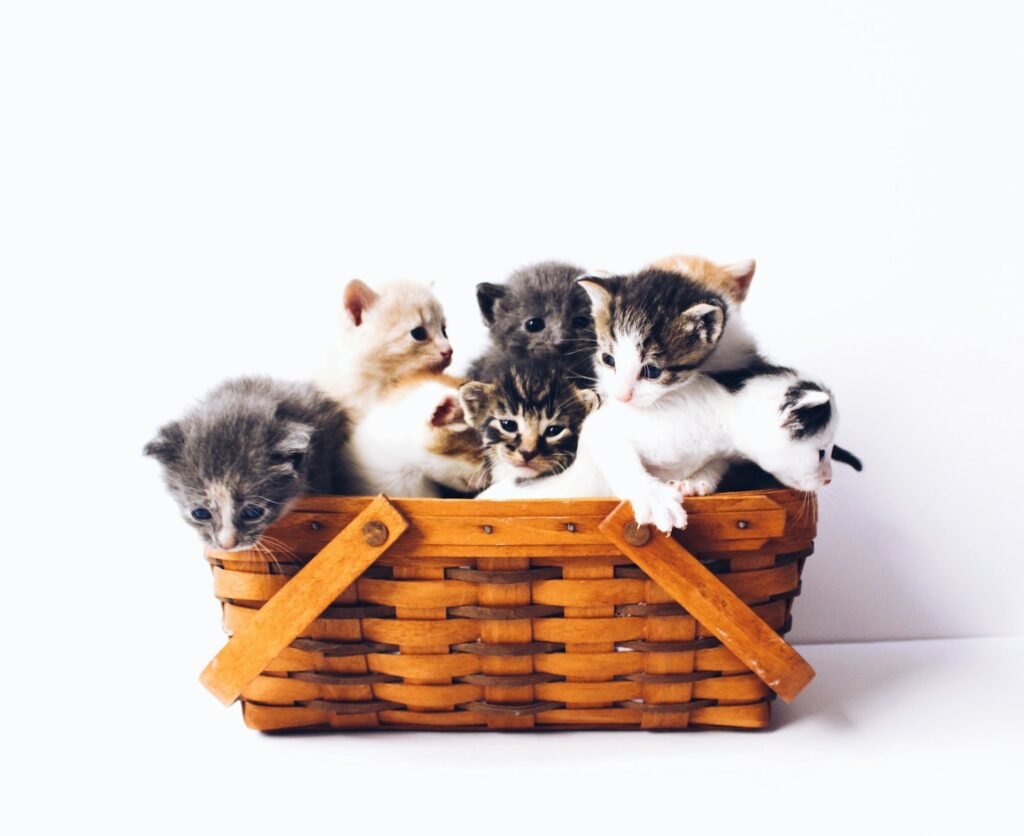
One common change in household dynamics is the introduction of a new family member, whether human or animal. Cats may react unfavorably to a new baby, pet, or partner due to the disruption of their routine and the division of attention. It’s essential to gradually introduce the newcomer to minimize stress and help the cat adapt to its new surroundings.
Moving to a New Home: A Cat’s Perspective

Relocating to a new home is one of the most significant changes a cat can experience. Cats rely heavily on scent for comfort and security, and a new environment is devoid of familiar scents and cues. To aid in this transition, owners can gradually introduce cats to the new space, using familiar objects and scents to create a sense of safety.
Changes in Daily Routine
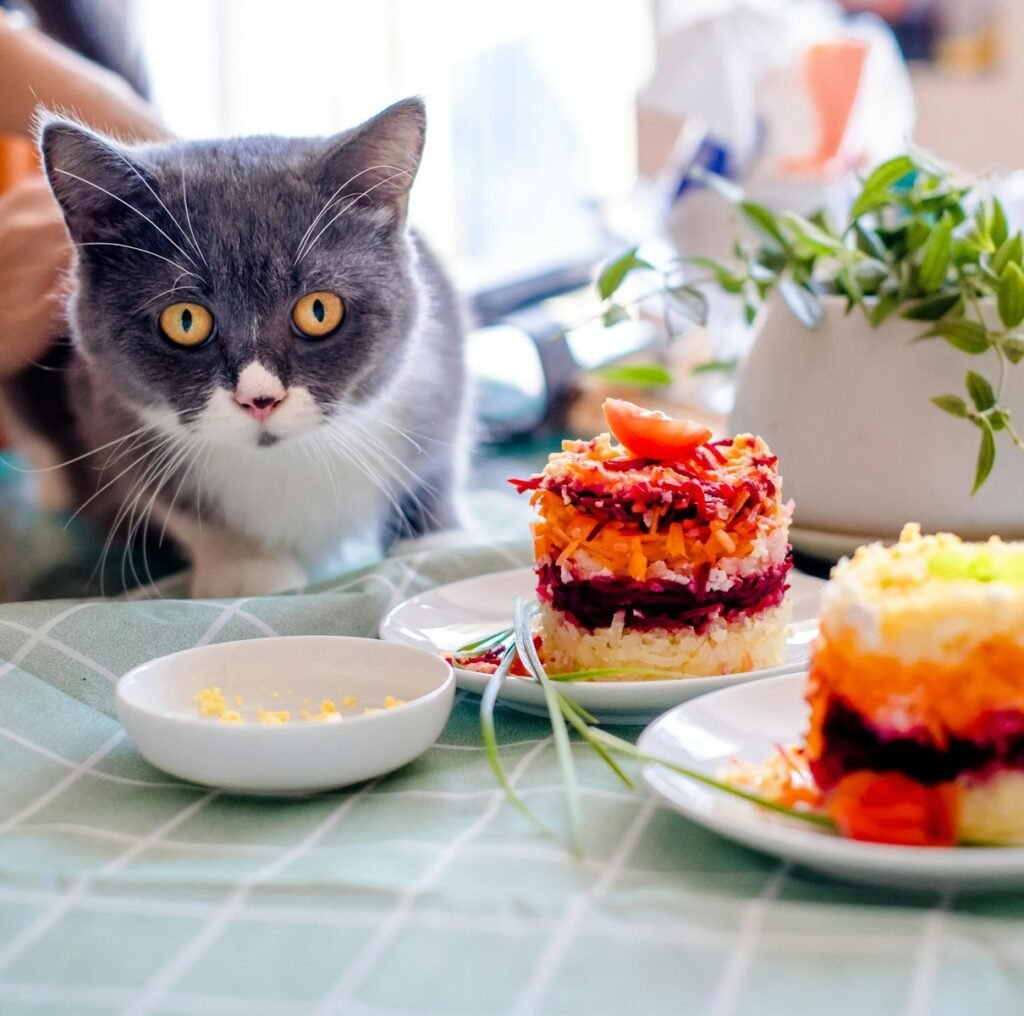
Even changes in a household routine, such as new work schedules or altered meal times, can impact a cat’s sense of security. Consistent feeding and play schedules are critical components of a cat’s daily life. Sudden changes can confuse and distress them, so gradual adjustments with plenty of positive reinforcement are advisable.
Environmental Changes: Furniture and Layout Modifications
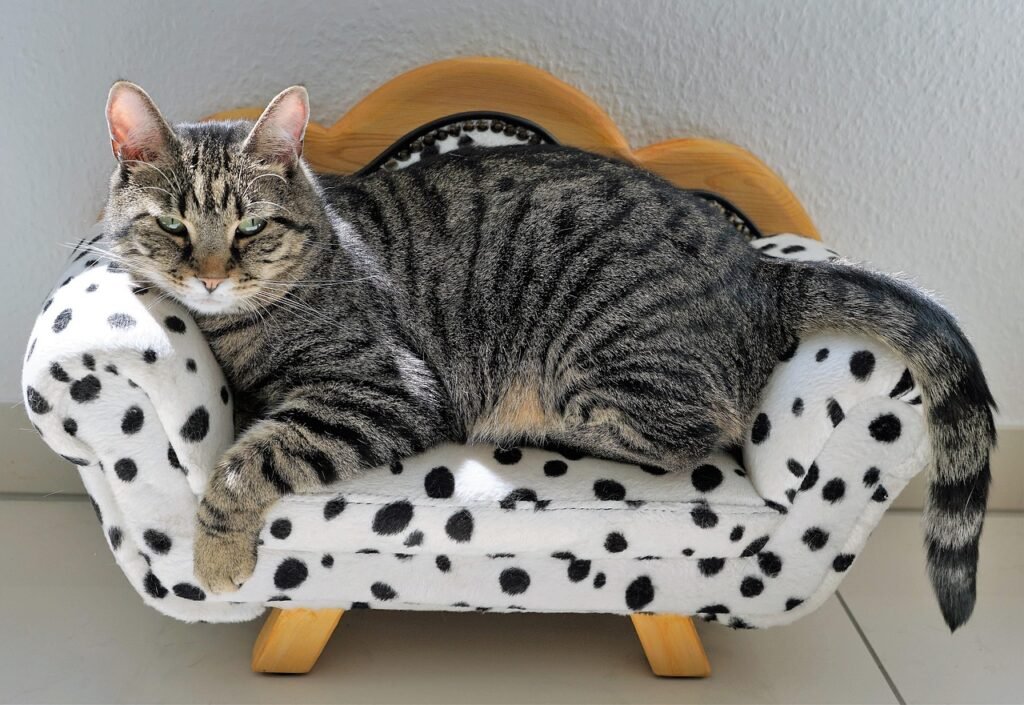
Altering the layout of a home or introducing new furniture can be unsettling for cats. They rely on familiar routes and hiding spots to feel secure. When making changes to the home’s interior, it’s beneficial to leave familiar objects and pathways unchanged, or to introduce new elements gradually to give cats time to explore and adapt.
Managing Multiple Cat Households
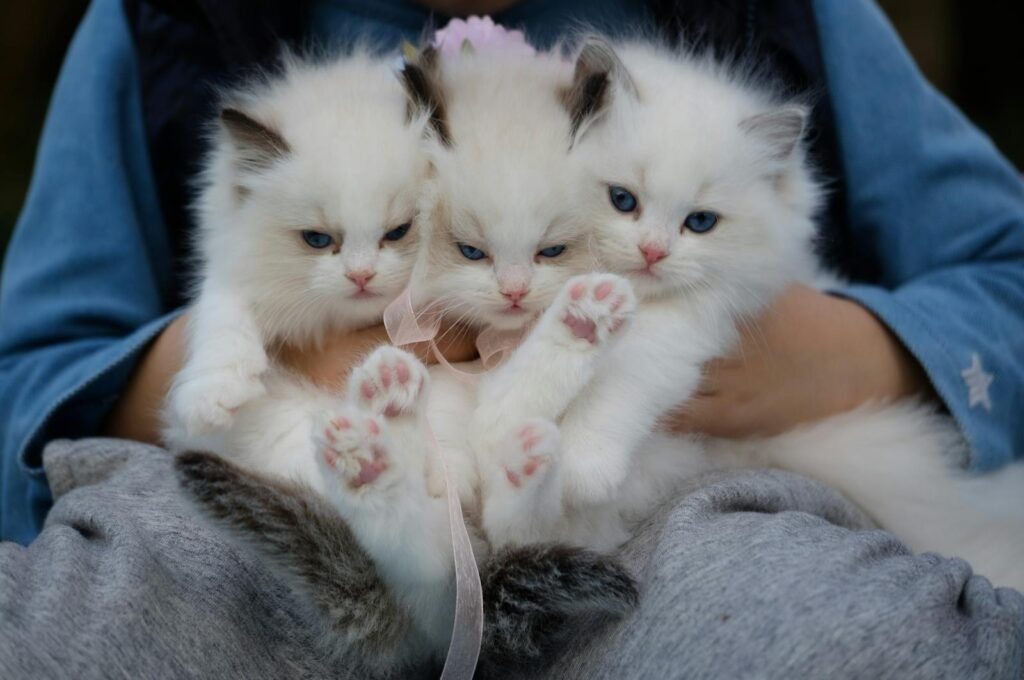
In households with multiple cats, introducing changes can potentially disrupt the social harmony. Hierarchies and territories may be challenged, leading to increased aggression or stress. Understanding each cat’s personality and role within the group is crucial for managing introductions or changes without sparking conflict.
Strategies to Facilitate Adaptation

There are several strategies owners can employ to help cats adjust to changes in household dynamics. Providing a stable environment, using pheromone diffusers, and ensuring plenty of enrichment can assist in reducing stress. Additionally, patience and consistent positive interactions can foster a secure and stable atmosphere during transitions.
The Role of Veterinarians and Behaviorists
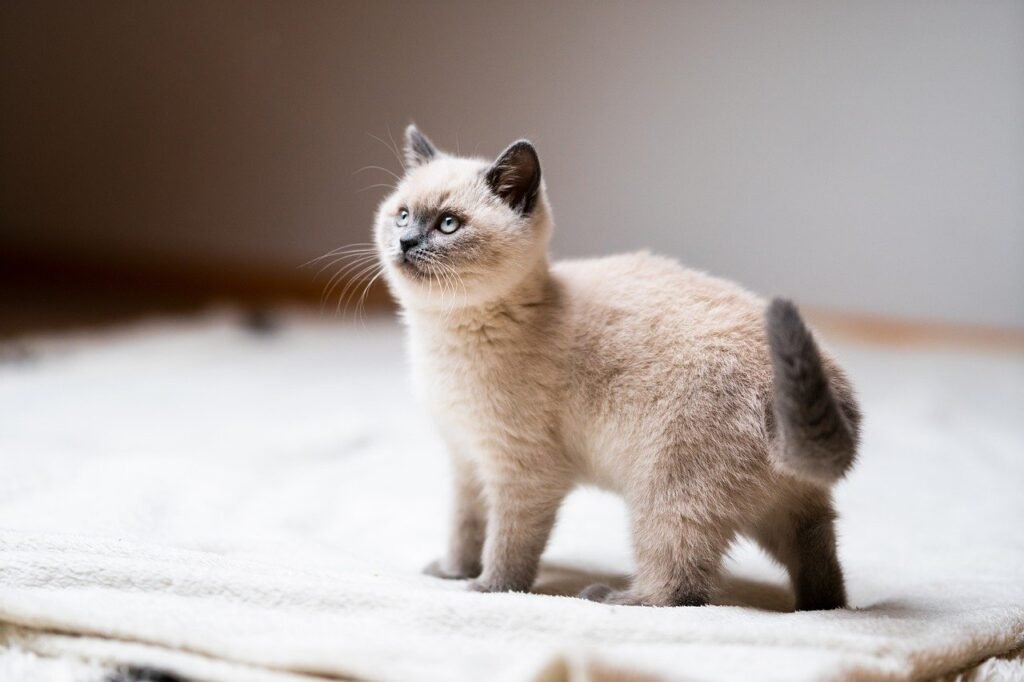
Seeking advice from veterinarians or animal behaviorists can be invaluable when dealing with significant changes. They can provide guidance on managing stress, offer insights into feline behavior, and suggest interventions specific to individual cats. Their expertise is particularly useful for addressing persistent behavioral issues that arise from household changes.
Conclusion: Achieving Harmony in a Dynamic Environment
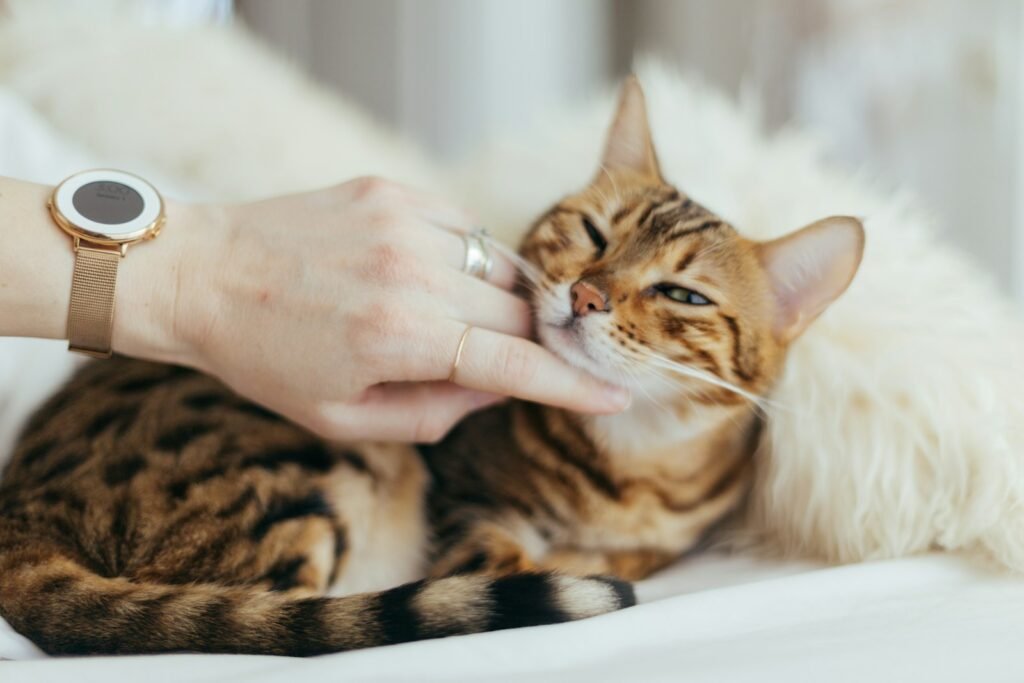
While cats can be sensitive to changes in household dynamics, understanding their behavior and needs can significantly ease transitions. By recognizing signs of stress and implementing thoughtful strategies, owners can create a harmonious environment that accommodates both their own lives and the well-being of their feline companions. With patience and empathy, cats can successfully navigate changes and maintain a happy and healthy life.

Growing up traveling and experiencing new cultures and wonders, I have had a passion for nature, adventuring, photography, and videography. I am currently working towards a BSc in Biodiversity and Ecology at Stellenbosch University, and I hope to specialise in Marine Sciences one day.
Please send any feedback to Feedback@animalsaroundtheglobe.com






